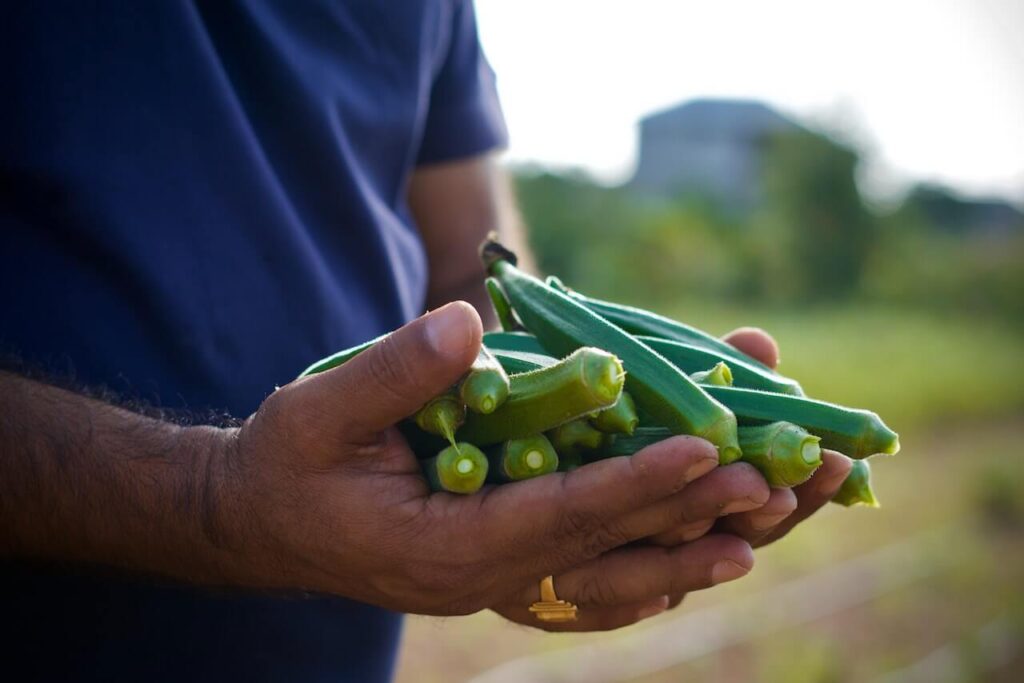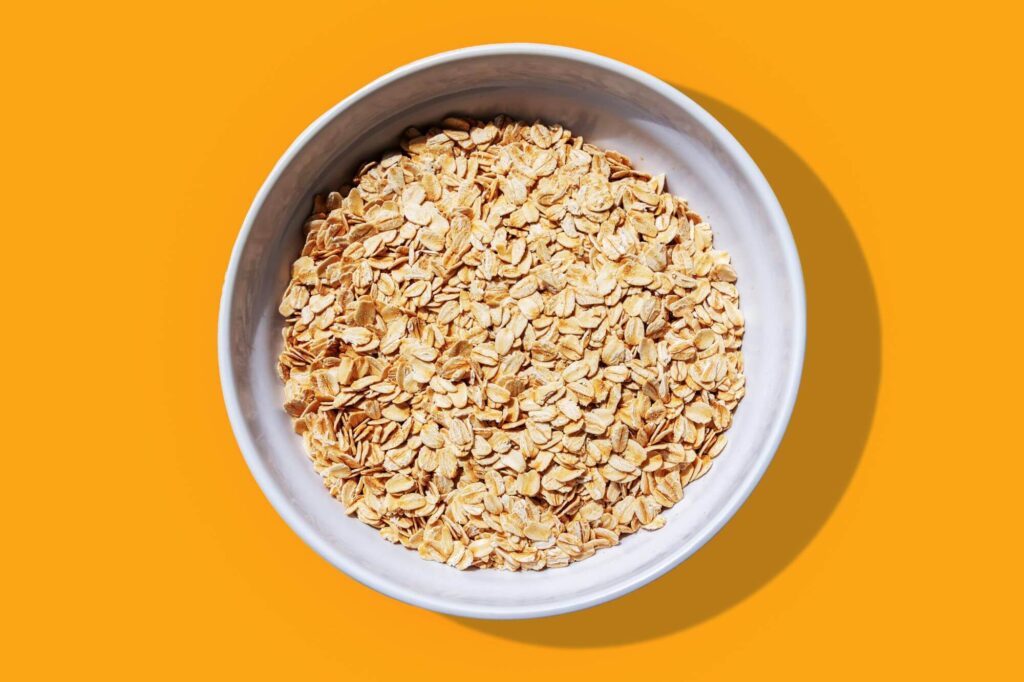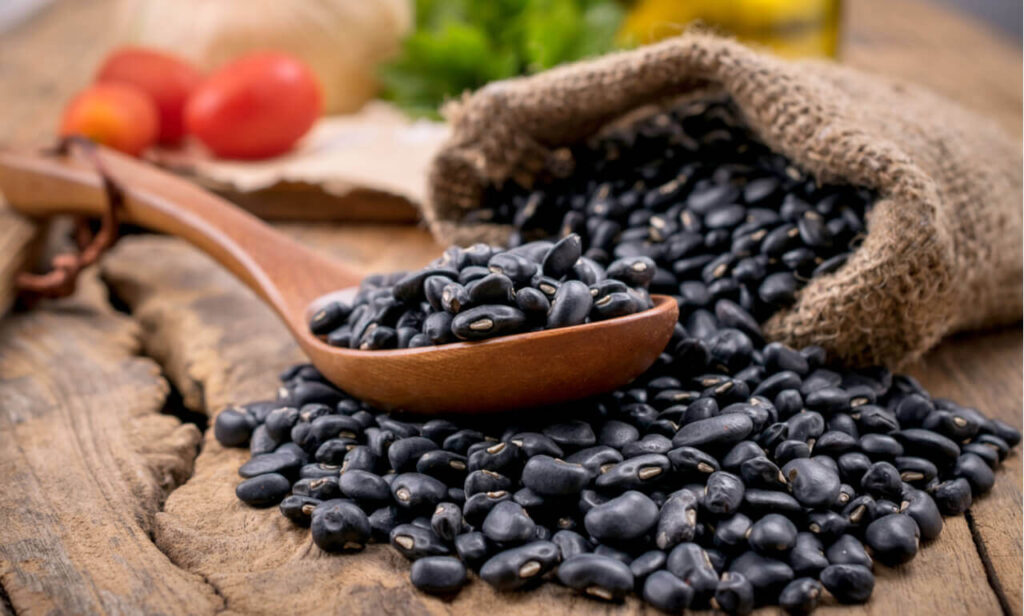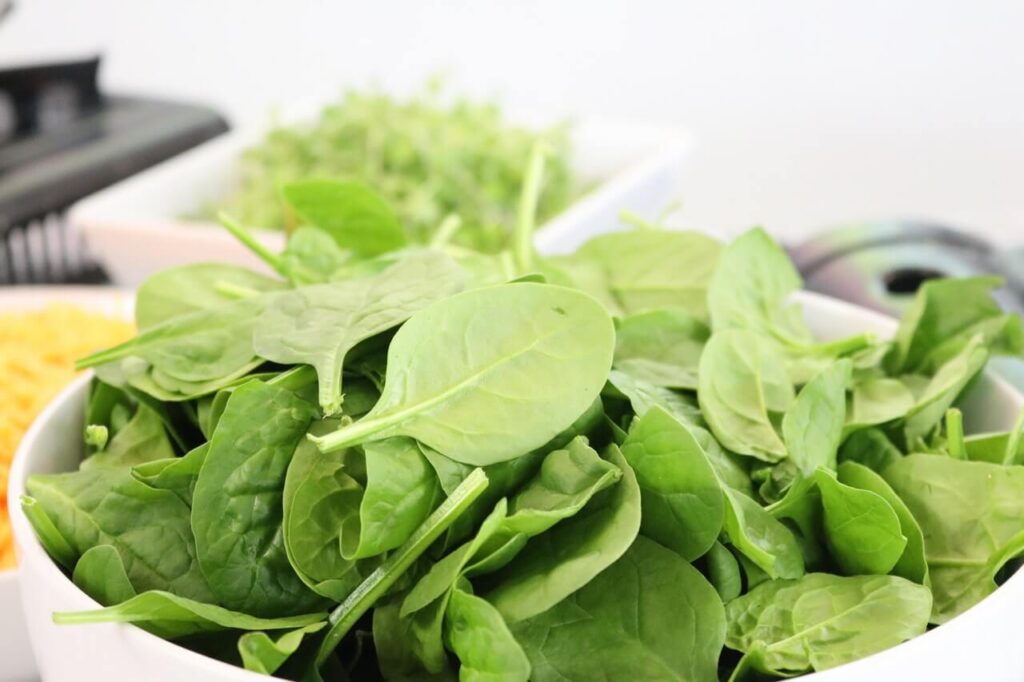These foods contain low glycemic indexes and can help lower blood sugar, including okra, brown rice, quinoa, amaranth, oats, lentils, and vinegar.
KAMPALA | NOW THEN DIGITAL — A few foods that lower blood sugar are those with a low glycemic index, such as okra, brown rice, quinoa, amaranth, oats, lentils, and vinegar.
- Some of these foods have been around for centuries, but they are only recently becoming popular again. Vinegar is a popular alternative medicine for a variety of ailments.
- Vinegar helps stabilize blood sugar after a meal, so it makes sense to enjoy vinegar-based salad dressings.
- Okra is a great food to include on your plate since it has a low glycemic index and soluble fiber. These fibers help stabilize blood sugar levels.
- Other foods that help lower blood sugar are greens, legumes, and eggs. You can also eat foods that contain protein, melons, berries, and vegetables.
- Whenever possible, buy these foods in bulk and stock them in your pantry. They are inexpensive, nutritious, and easily accessible. They can help regulate your blood sugar levels and improve your health. If you’re worried about your blood sugar, try adding them to your shopping list.
- I recommend you to read this article: 11 foods that burn belly fat overnight.
Diet is a key component in controlling blood sugar levels, and eating healthy is the best way to control your levels. A diabetes meal plan should contain various nutrients in a balanced proportion.
This is best achieved through a balanced diet and regular physical activity. But remember that healthy eating is not a magic potion.
While you can’t guarantee success with any specific foods, the following are among the best choices for healthy eating.

Nuts
Nuts are an excellent source of fiber, protein, and magnesium. They are also low on the glycemic index, but they still offer significant nutrition.
For instance, a single ounce of almonds contains twenty percent of your daily magnesium needs.
Adding almonds to carbohydrate-rich foods has been shown to reduce blood sugar response, according to a study published in Metabolism.
Plus, almonds are high in monounsaturated fat and are packed with vitamins and minerals. So you’ll feel full for a longer period of time, avoiding a spike in blood sugar levels.
Okra

Okra has many health benefits, but most people do not realize that it can also help people manage their blood sugar. A high blood sugar level can lead to many problems, including diabetic ketoacidosis, a condition in which the body does not convert glucose to power.
It is also important to know that some foods contain substances that increase the sensitivity of the pancreas to insulin, such as fructose, while others can cause diabetes by increasing blood sugar levels.
Keeping track of your blood sugar levels is crucial to managing the condition. Many people fail to check their blood sugar levels on a regular basis, putting themselves at risk of developing diabetes.
But by monitoring your blood sugar levels and eating more fruits and vegetables, you can avoid a blood sugar spike or fall.
In addition to monitoring your blood sugar level with a glucose meter, you can also learn about the effects of your medications and physical activities.
Okra is an excellent source of soluble fibre, which slows down the absorption of sugar in the body. It is also high in antioxidants and is a good source of both soluble and insoluble fibre.
These fibres slow the digestion of food and lower blood sugar. Drinking okra water is another great way to control your blood sugar levels. A cup of okra water with lemon can also help.
Oatmeal
If you’re looking for a great way to reduce your blood sugar, oatmeal may be the answer. It has numerous benefits, including lowering blood sugar levels. It’s also a great source of fiber.
Oatmeal is a healthy choice because it can lower your blood sugar levels while providing several essential nutrients. A large serving of oatmeal every day can help you achieve this goal. You can also try this healthy snack anytime you feel hungry.
Oatmeal lowers blood sugar by boosting the body’s ability to produce insulin. Insulin unlocks a cell wall and allows glucose to enter the cells. This glucose supplies the vital organs with fuel.
Some people with diabetes may need to use insulin or a class of oral medications called sulfonylureas to improve the insulin secretion of beta cells. For those with type 1 diabetes, oatmeal may be a great way to reduce blood sugar levels.
Oats

Oats are often a part of diabetic diets, which help control blood sugar. People with diabetes often use supplements to help control blood sugar.
A typical blood sugar test does not detect these abnormalities, and dietary supplements are often more effective. However, diabetes is a chronic condition that requires frequent adjustments.
A successful diabetes treatment is a healthy pancreas transplant, which is usually done along with a kidney transplant. Although the procedure is still controversial, it is safe and effective in some cases.
A person with diabetes can eat oats as long as they limit their intake. It helps to choose the right form of oats for their particular needs. Oats are high in beta-glucans, which are fiber that lowers blood sugar and improves overall health.
The fiber in oats slows digestion and helps you feel fuller longer. This nutrient is also essential in improving insulin sensitivity and sugar metabolism.
In addition to oats being great for lowering blood sugar, people can also add them to smoothies or other foods.
Lentils

A recent study found that eating lentils can lower blood sugar by as much as 35 percent. Lentils are an excellent source of protein and micronutrients. They contain zinc, iron, and folate and are a solid source of vegetarian protein.
However, lentils do contain more carbohydrates per serving than is recommended by most diabetes diets. That said, they are also rich in fiber, protein, and iron. Here are some of the other health benefits of lentils.
Lentils are a great source of protein, fiber, and magnesium. They can also help lower blood sugar levels by regulating insulin levels. And they have anti-inflammatory properties. This means that they can help lower the risk of type 2 diabetes, too.
So, what makes lentils so special? Their unique nutritional profile means they are an ideal addition to your diet. There are many delicious ways to prepare lentils, and you can use these nutrients in your cooking.
One study found that lentils decreased post-meal blood glucose levels. It was also found that lentils decreased blood glucose levels by twenty percent when eaten with rice and thirty percent with potato. The effect was not as significant when white potatoes were added.
In fact, lentils reduced blood sugar by 35 percent when replaced with white potatoes. However, it is important to note that legumes may reduce blood glucose levels in diabetics.
However, lentils should be eaten sparingly, especially when they are cooked with a lot of starch.
Black beans

Did you know that black beans lower blood sugar? The secret is in the dietary fiber found in beans. They lower your blood sugar levels by a considerable amount. They are also packed with antioxidants.
The secret to their high level of fiber is derived from the polyphenols that are found in them. This type of polyphenol is responsible for their blood sugar lowering effects. The benefits of black beans for diabetes are well known, but they also help control blood sugar levels.
Recent studies have indicated that black beans lower blood sugar levels in obese mice. The researchers found that consuming a serving of cooked black beans a day improved their glucose and insulin sensitivity and restored their gut bacteria balance.
Furthermore, the mice that ate one serving of black beans daily reduced their insulin resistance by 87 percent. This is significant because insulin resistance is a symptom of diabetes, which is a condition where the body’s response to insulin is impaired, resulting in the inability to utilize glucose for energy.
In addition to lowering blood sugar levels, black beans can also help with weight loss. Compared to other foods, they have less saturated fat.
In addition, they have a high content of soluble fiber. They have a high fiber content, which means that they are ideal for people with diabetes. They are also high in protein, so they help lower cholesterol and other related health conditions.
However, the soluble fiber in black beans makes it a natural blood sugar regulator.
Peas

Studies have shown that peas help diabetics by lowering their blood sugar levels. These legumes contain complex carbohydrates, which slow the absorption of sugar.
The fiber found in peas also contributes to their ability to stabilize blood sugar levels. These are just a few of the benefits of eating peas. Including these foods in your diet can help you reduce your risk of developing diabetes and improve your overall health.
Compared to other vegetables, peas contain a high concentration of antioxidants. They contain vitamins C and E, as well as zinc. They also have omega-3 fatty acids, which are important for reducing inflammation in the body.
Since peas contain high levels of fiber, they help stabilize blood sugar levels in people with type 2 diabetes. If you are concerned about carbohydrate intake, peas may help you reduce your cravings.
Eating peas regularly is a great way to lower your blood sugar. It is an excellent source of fiber, and the low glycemic index makes them a healthy snack. Despite their high fiber content, you should avoid eating too much pea soup or high-calorie toppings.
You’ll have more energy throughout the day. If you’re looking for a delicious, healthy way to lower your blood sugar, consider combining peas with other vegetables, like broccoli, spinach, or squash.
Spinach

Spinach is an excellent food for lowering your blood sugar level. This is because it is loaded with vitamin A and fiber. This is great news for diabetics.
Although it doesn’t lower your blood sugar level as much as other vegetables, it is a powerful anti-inflammatory. If you want to reduce your blood sugar level, try eating a cup of spinach every day. You won’t feel the effects for a few days.
Spinach is also packed with nutrients that keep your blood sugar from rising. It contains iron, vitamin C, and antioxidants that promote good health, reduce inflammation, and boost immunity.
In fact, the American Diabetes Association has endorsed spinach as a food for people with type 2 diabetes. Plus, it has a low glycemic index (GI) of fifteen, which means it has a low effect on blood sugar levels. It can also be used to make soup, savoury dishes, and salads.
One study suggested that eating spinach can help lower blood sugar levels, particularly during pregnancy. Even high blood sugar levels during adulthood are dangerous and can even lead to death.
Spinach is also a great food for diabetics because it can help reduce blood sugar levels. It can help you manage your blood sugar levels, control your diabetes, and stay healthy. If you’re diabetic, a high-fiber diet is essential for you.
We hope you liked our article on ‘list of foods that lower blood sugar’, and don’t forget to share it with your friends.
https://www.youtube.com/watch?v=MrsMd_zGrek
You’re reading nowthendigital.com — which breaks the news about Uganda, Kenya, Nigeria, South Africa and the rest of the world, day after day. Be sure to check out our homepage for all the latest news, and follow NOW THEN DIGITAL on YouTube, Google News, Medium, Twitter, Reddit, Pinterest and Flipboard to stay in the loop.

















